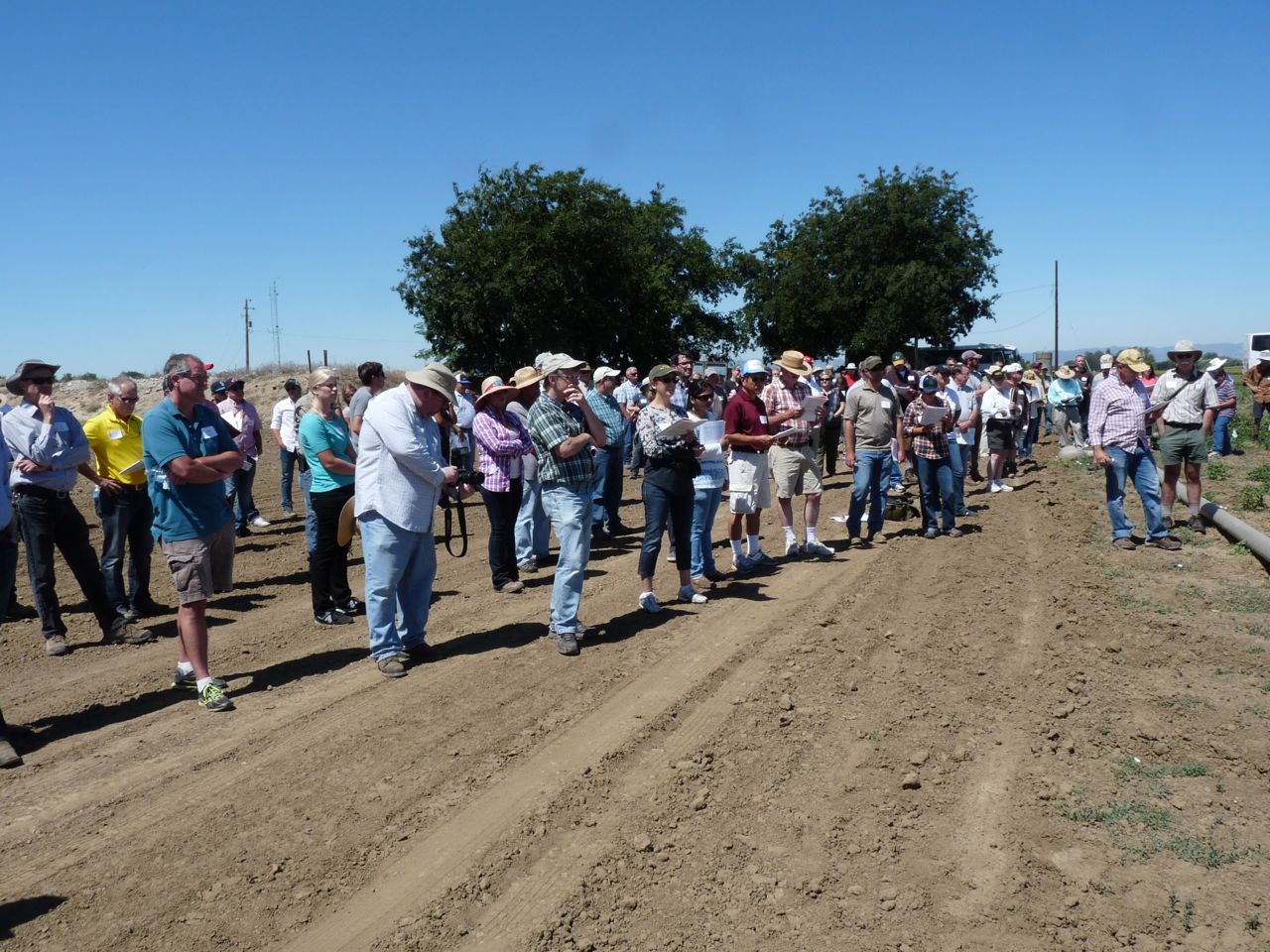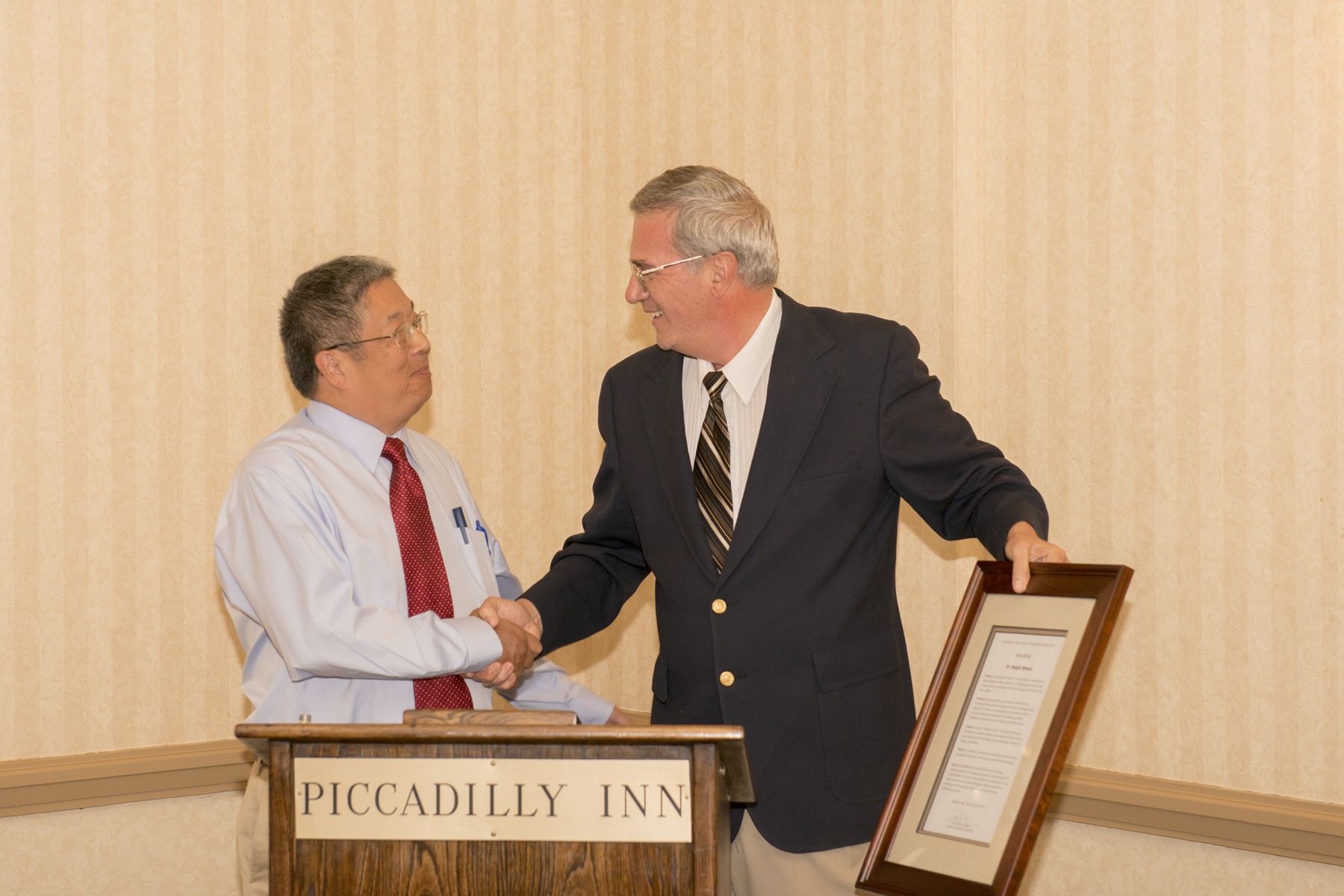Almond Growers Are Reminded to Send Back Survey Regarding Green Waste Use
UC Researchers are reminding almond growers to fill out the survey that they received in the mail more than a month ago regarding their use of organic amendments to their soil.
Daniel Schellenberg is a postdoctoral scholar in the department of Plant sciences at UC Davis and part of the research team.
“Each of the cover letters came with the user ID and were hoping to hear back from all of the growers who would be interested in replying to the survey,” said Schellenberg
“We’re looking into the use of what is collectively called,“Organic Matter Amendments” which can include manures, composts, and green wastes. And this survey is really targeted to all growers even though its organic matter and amendments, its not exclusively a study just for organic growers,” said Schellenberg.
And its not just for almond growers either. “We were targeting all almond growers, but growers of all permanent crops, including walnuts and pistachios are welcomed to take the survey online,” said Schellenberg.
The survey can be found at www.growersurvey.ucdavis.edu
Schellenberg said the researchers have got a good response so far. “Out of the total amount of mailings, we got about 800 responses. A number of them filled out the survey and some of the people opted out.
“So, if people are just not interested in taking the survey or they just couldn’t because maybe they have someone who manages their property and do it for them, we still like to hear from them so that way we at least know we are getting all the responses that we can. We’ve heard response from people who manage more than 175,000 acre of almonds, which is almost 20 percent of the total almond acreage,” said Schellenberg.
Schellenberg said the goal is not to change the way farmers farm. “Our goal here is not to try to constrain farming practices. Our goal is try to understand these materials and how they are being used that way we can target research that would benefit growers in terms of allowing them more freedom,access, and the ability to use these materials,” said Schellenberg.

















